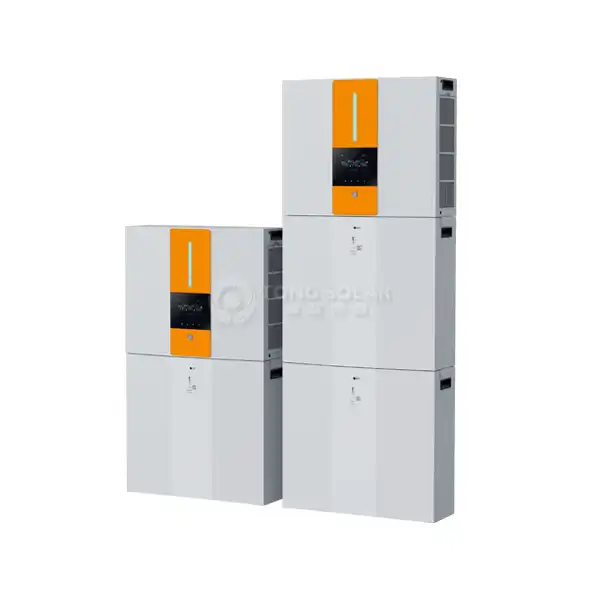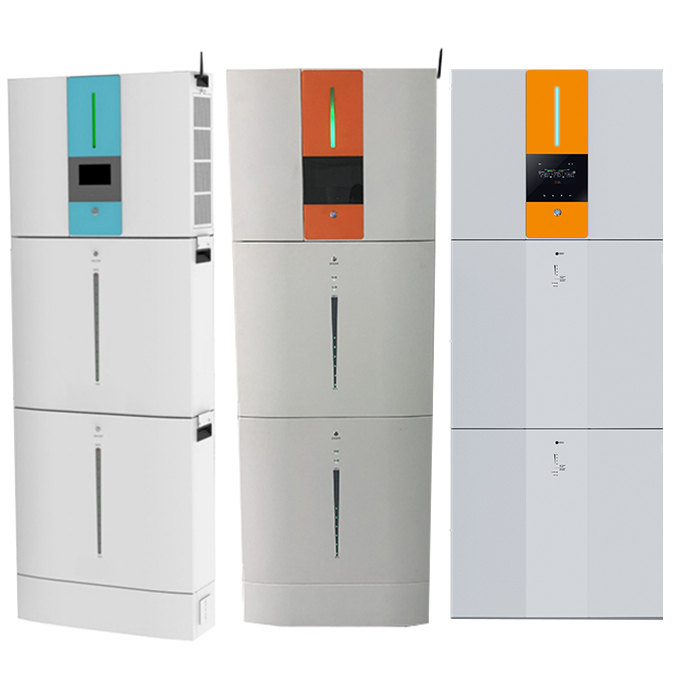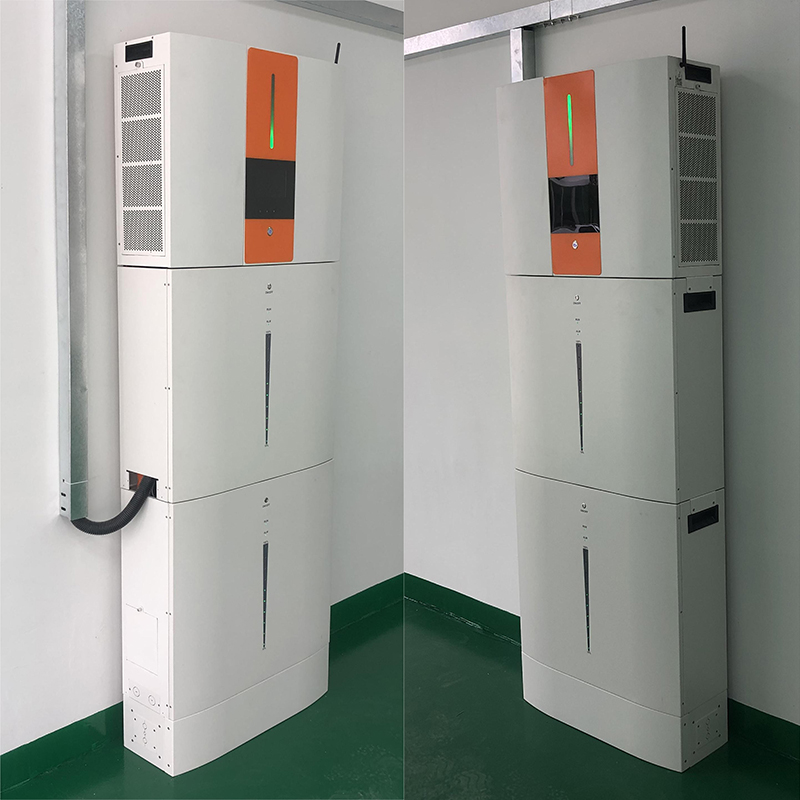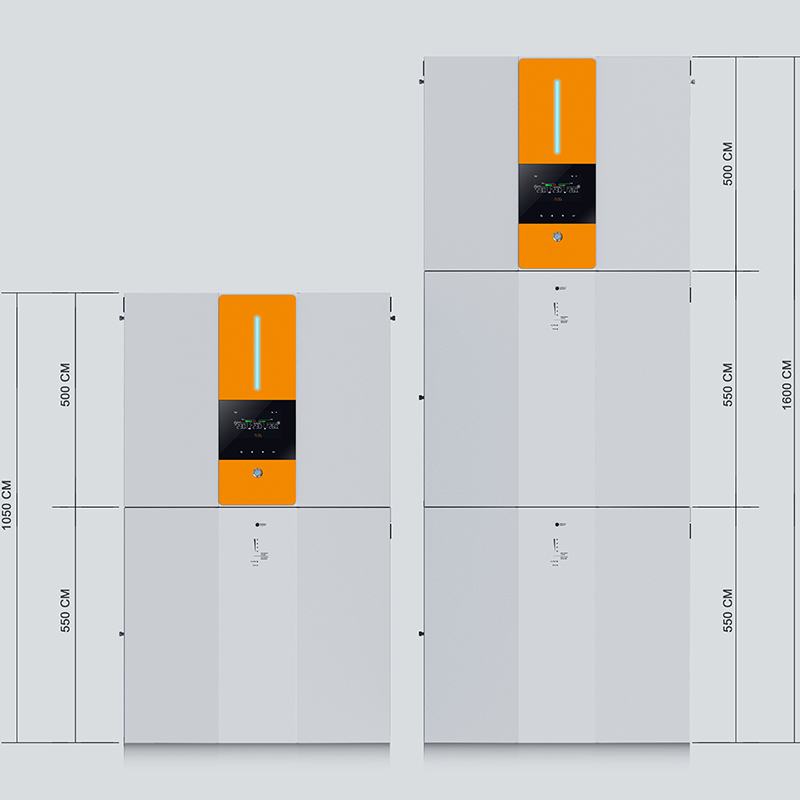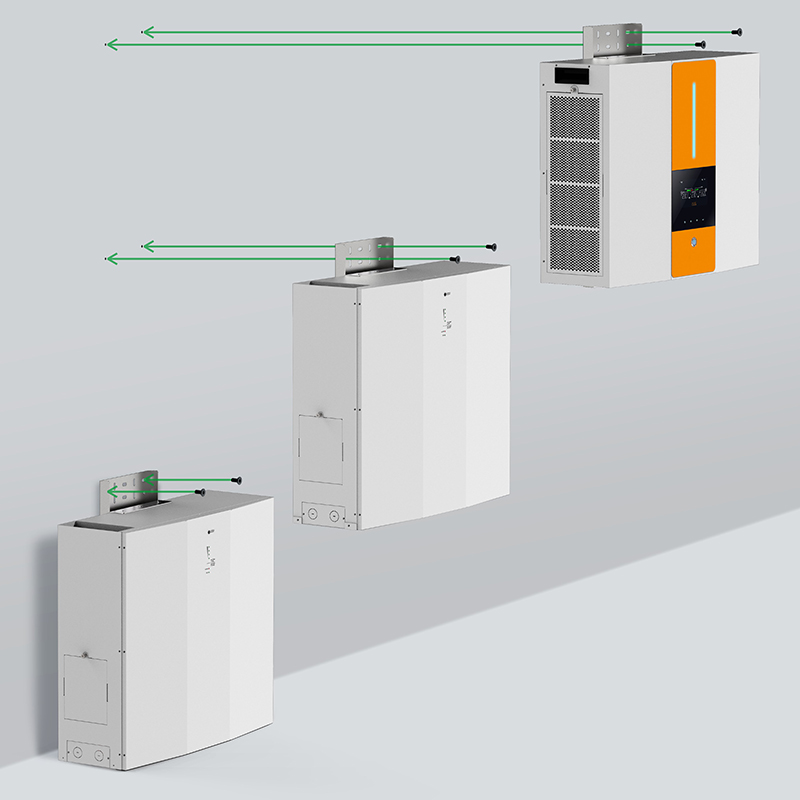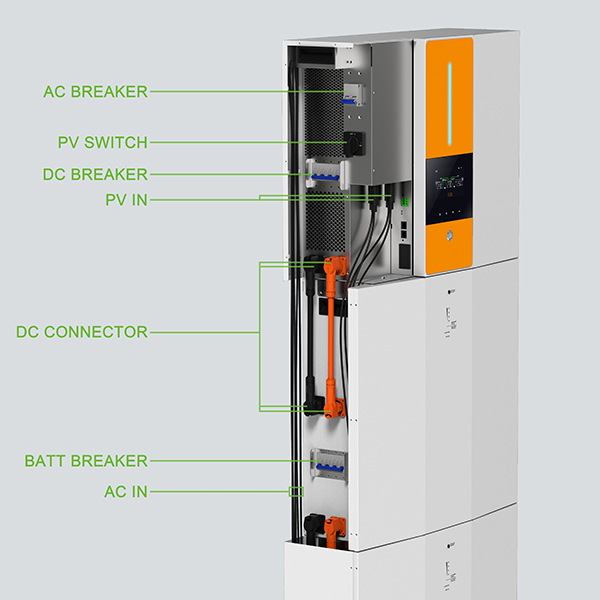What is ESS Battery System?
In the domain of environmentally friendly power and practical living, the ESS Battery System off&on-grid all-in-one Energy Storage Equipment sparkles as a reference point of development and proficiency. Designed to store overflow energy delivered by inexhaustible sources like sunlight based chargers or wind turbines, it gives a reliable answer for moderating power changes and ensuring continuous energy supply. This exhaustive article tries to investigate the complexities of it, enveloping their item outline, specialized determinations, highlights, benefits, functional standards, upkeep necessities, and ordinarily suggested conversation starters.
It addresses a high level energy stockpiling arrangement, coordinating battery-powered batteries, power change systems, and checking/control instruments. Filling in as a foundation in environmentally friendly power frameworks, it empowers clients to store excess power created during times of low interest or high creation, in this manner sending it as required. Accessible in a scope of arrangements custom fitted for private, business, and modern use, it address different energy stockpiling necessities with most extreme adaptability and proficiency.
Technical Parameters
|
Model |
TG 5510-EY1A1 |
TG 5520-EY1A1 |
|
Inverter |
||
|
Maximum PV Input Power |
6500 W |
|
|
Rated Output Power |
5500 W |
|
|
Maximum Charging Power |
5000 W |
|
|
Grid connection certification |
CE-LVD/IEC62109-1/-2IEC62040-1;VDE-AR-N4105,VDE0126-1- AS4777.2;NRS097-2-1:2017;EN50438:2013;G99/1-6:2020 |
|
|
PV INPUT (DC) |
||
|
Nominal DC Voltage / Maximum DC Voltage |
360 VDC / 500 VDC |
|
|
Start-Up Voltage / Initial Feeding Voltage |
116 VDC / 150 VDC |
|
|
MPP Voltage Range |
120 VDC ~ 450 VDC |
|
|
Number of MPPT Trackers / Maximum Input Current |
2 / 2 x 13 A |
|
|
GRID OUTPUT (AC) |
||
|
Nominal Output Voltage |
208 / 220 / 230 / 240 VAC |
|
|
Output Voltage Range |
184 - 264.5 VAC* |
|
|
Maximum Output Current |
23.9 A* |
|
|
Maximum Conversion Efficiency (DC / AC) |
96% |
|
|
European Efficiency @ V nominal |
95% |
|
|
AC INPUT |
||
|
AC Start-Up Voltage / Auto Restart Voltage |
120 - 140VAC/ 180VAC |
|
|
Acceptable Input Voltage Range |
170 - 280 VAC |
|
|
Maximum AC Input Current |
40 A |
|
|
BATTERY MODE OUTPUT (AC) |
||
|
Nominal Output Voltage |
208 / 220 / 230 / 240 VAC |
|
|
Efficiency(DC to AC) |
93% |
|
|
BATTERY TECHNICAL SPECIFICATIONS |
||
|
Nominal DC Voltage |
51.2 VDC |
|
|
Battery Capacity |
200Ah |
400Ah(200Ah*2) |
|
Maximum operating current |
120 A |
200 A |
|
Store energy |
10.24KWH |
20.48KWH |
|
Voltage Range(Vdc) |
45-56 V |
|
|
Protection |
BMS, Breaker,Inverter |
|
|
Inner Resistance |
< 20 m Ohm |
|
|
Cycle Life |
6000Cycles/90%DOD@25℃,EOL60% |
|
|
Security certification |
UN38.3,MSDS,IEC62619(CB),CE-EMC |
|
|
SYSTEM PARAMETERS |
||
|
Dimension, D x W x H |
214*621*1205(mm) |
214*621*1755(mm) |
|
Net Weight |
Approx:140kg |
Approx235kg |
|
Operating temperature/humidity range |
0-80%RH |
|
|
Protocol |
WIFI and RS232 |
|
|
* These figures may vary depending on different AC voltage and country regulation.Product specifications are subject to change without further notice. |
||

Product Features
- Scalability: It offers modular designs, allowing for easy scalability to accommodate varying energy storage requirements.
- Smart Management: Advanced monitoring and control systems enable intelligent management of energy flow, optimizing performance and efficiency. The remote monitoring platform monitors the operating status of the system in real time, and App will push the alarm and fault information of the system and equipment to you in time.
- Fast Charging: High charging rates facilitate rapid replenishment of stored energy, ensuring quick response to demand fluctuations.
- Safety Features: Built-in safeguards such as thermal management systems and overcharge protection mechanisms enhance system safety and reliability.
- Grid Interaction: Seamless integration with the grid enables functions like peak shaving, load shifting, and participation in demand response programs.
Advantages and Benefits
- Energy Independence: ESS Battery System empower users to reduce dependence on traditional grid electricity by storing renewable energy for self-consumption.
- Cost Savings: By harnessing excess renewable energy and avoiding peak electricity rates, users can significantly reduce their utility bills over time.
- Environmental Impact: Utilizing clean energy sources and minimizing reliance on fossil fuels contribute to mitigating climate change and reducing carbon footprint.
- Reliability: It provides backup power during grid outages, ensuring uninterrupted operation of critical systems and appliances.
- Grid Support: These systems enhance grid stability by smoothing out fluctuations in renewable energy generation and alleviating strain during peak demand periods.

Working Principle
- Charging: During periods of excess renewable energy generation, It charges its batteries using power converters to convert and store electricity.
- Discharging: When energy demand exceeds generation, the system discharges stored energy back into the grid or supplies it directly to connected loads through inverters.
- Monitoring and Control: Sophisticated control algorithms continuously monitor energy flow, battery status, and grid conditions to optimize charging and discharging operations.
- Grid Interaction: The system communicates with the grid to synchronize its operations, ensuring seamless integration and compliance with grid regulations and standards.
Maintenance and FAQ
Maintaining an ESS Battery System is essential to ensure its longevity and optimal performance. Here are some maintenance tips and FAQs:
Maintenance:
- Regularly inspect battery terminals and connections for corrosion and tightness.
- Monitor battery temperature and voltage levels to detect any abnormalities.
- Clean the system components and ensure adequate ventilation to prevent overheating.
- Periodically perform capacity tests and calibrate monitoring systems to maintain accuracy.
FAQs:
- How long does it last?
- The lifespan of it depends on various factors such as battery chemistry, usage patterns, and maintenance practices. Generally, lithium-ion batteries have a lifespan of 10-15 years, while lead-acid batteries may last 5-10 years.
- Can it be retrofitted into existing solar installations?
- Yes, it is designed for easy integration with existing solar installations. However, compatibility and system sizing considerations should be evaluated by a qualified technician.
- Are them safe?
- It incorporates multiple safety features to mitigate risks such as overcharging, overheating, and short circuits. Additionally, adherence to proper installation and maintenance procedures further enhances safety.
Tong Solar:
We, as a professional supplier of ESS Battery System, offer a comprehensive range of products with inventory and complete certifications. Our one-stop standard service ensures fast delivery, tight packaging, and support for testing. We support both OEM and ODM requirements to cater to diverse customer needs. For inquiries or further information, please contact us at kaiven@boruigroupco.com.
